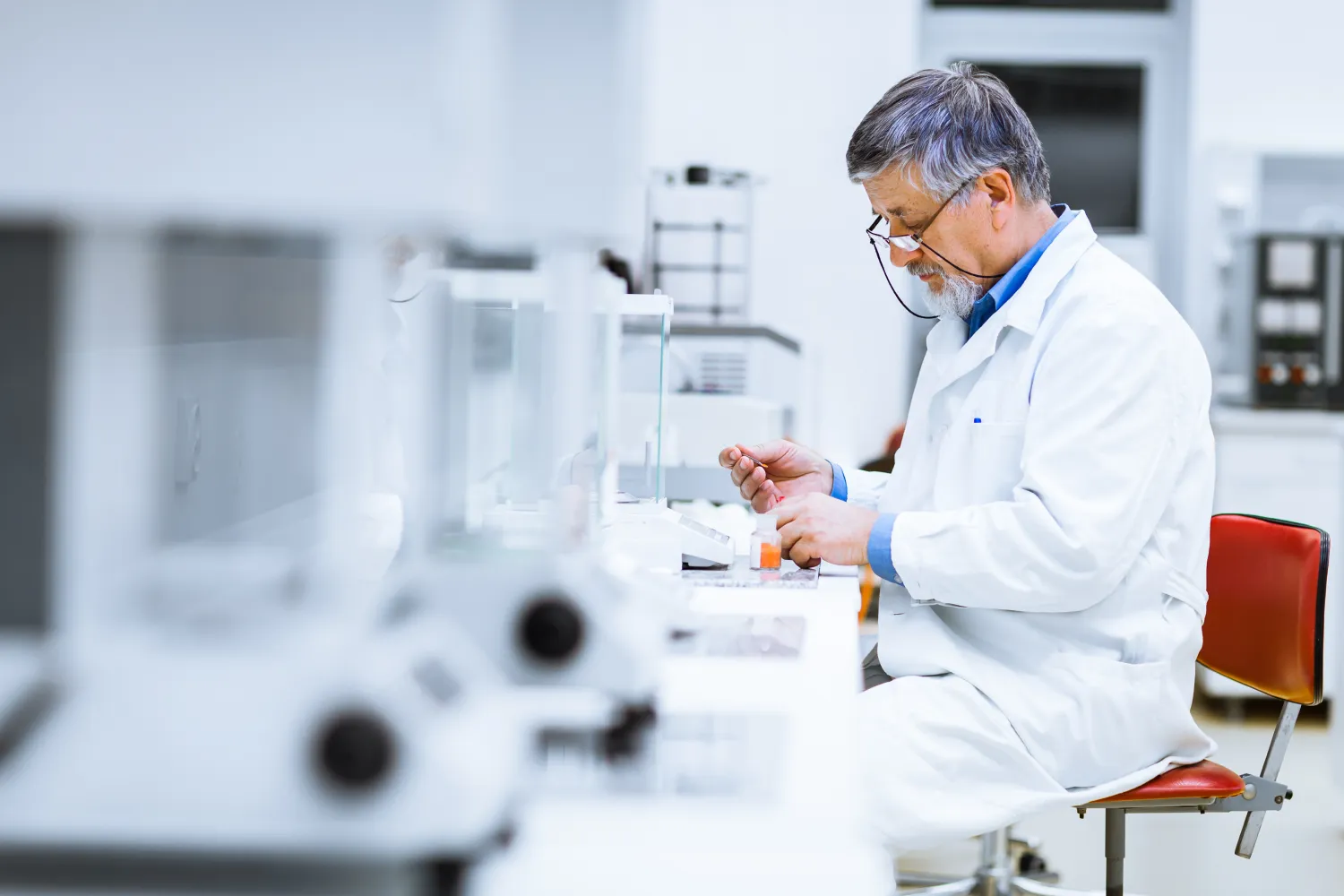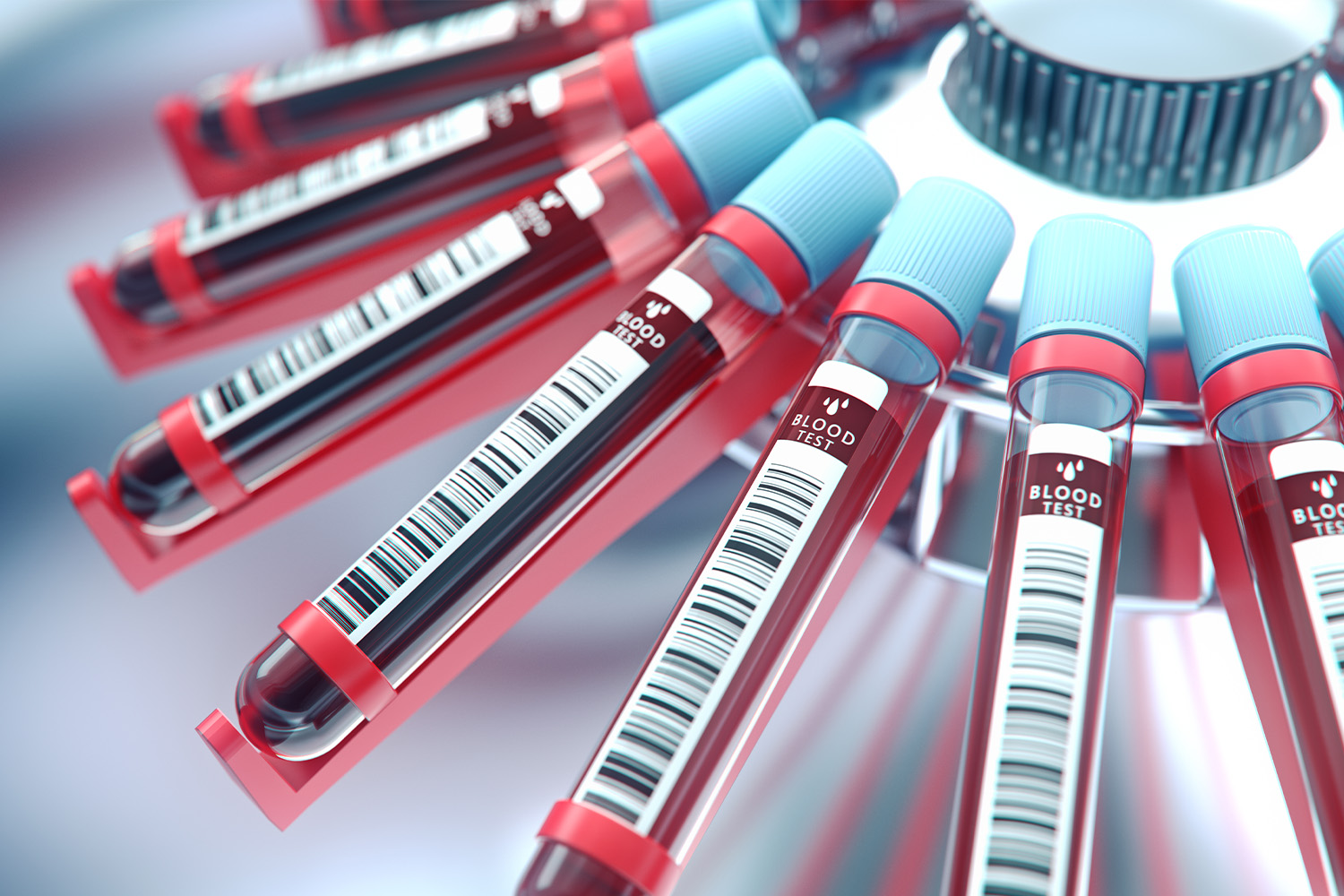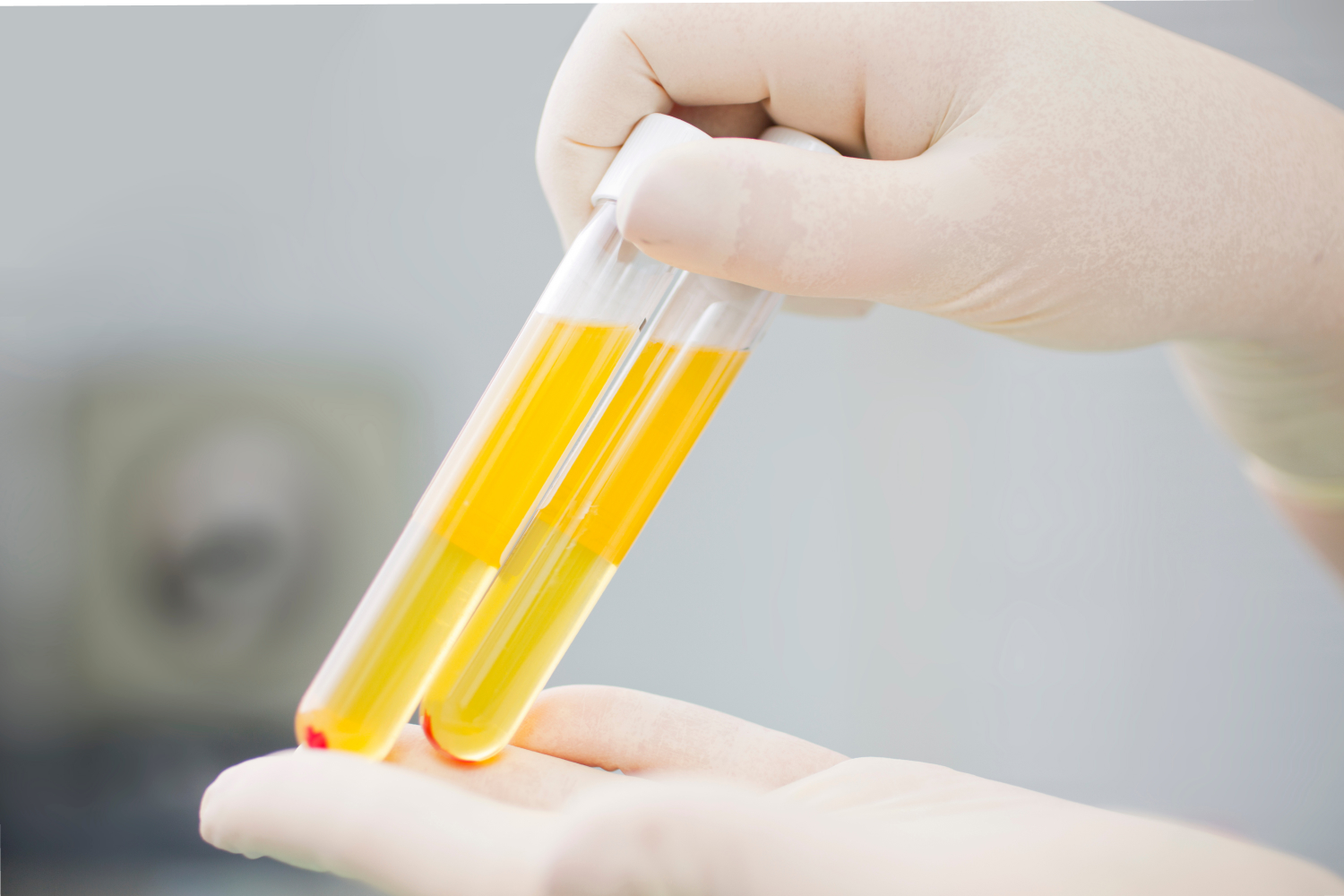Human tissue samples are an important aspect of cancer research. These samples, which include tissue, blood, and other bodily fluids, help drive cancer research and the development of new treatments. With tissue samples, researchers can gain a deeper understanding of how cancer cells develop and grow.
Global biospecimen providers play a vital role in collecting, processing, and distributing samples to researchers around the world. For example, iProcess works with hospitals and other healthcare organizations to collect tissue and blood samples from patients with cancer.
Once collected, the samples are processed to further study DNA, RNA, and other biomolecules. Then, the samples are stored in biorepositories and made available for clinical studies.
Continue reading to learn more about how human tissue samples are used for cancer research.
How Are Human Tissue Samples Collected?
Collecting human tissue samples is a critical aspect of cancer research. Different types of human tissue samples can be collected, including solid tumors, blood, urine, saliva, and other bodily fluids. Researchers can use these samples to study genetic and cellular changes that may occur as cancer cells divide and grow.
The methods of collecting human tissue samples depend on the type of sample being collected. Solid tumor samples, for example, are typically obtained through a biopsy or surgery. This procedure may be done under local or general anesthesia.
On the other hand, blood samples can be collected through a simple blood draw. After being collected, these samples need to be properly processed and stored to ensure their quality and integrity.
Storing Human Tissue Samples
It’s also important to consider the storage of human tissue samples. Samples should be stored under the right conditions to preserve quality and prevent degradation over time. Proper storage is particularly important for samples that will be used for genetic analysis, as DNA can degrade rapidly if not stored properly.
Samples should be kept at appropriate temperatures to prevent them from being degraded, which can affect their quality and reliability. Additionally, samples should be labeled and tracked to ensure they can be easily located and accessed when needed for analysis.
Ethical Considerations and Patient Contributions
Ethical considerations are also an important factor in the collection of human tissue samples.
Informed consent should be obtained from patients before the collection of tissue samples, and patients should be fully informed about the purpose of the study, the risks and benefits of participating, and their right to withdraw from the study at any time. Additionally, researchers need to ensure that patient privacy is protected and that all data is kept confidential.
It is also important to acknowledge the contributions of patients who donate their tissue samples for cancer research. These individuals play a critical role in advancing our understanding of cancer biology and developing new treatments. It is essential that their contributions are recognized and that their privacy and rights are respected throughout the research process.
How Are Human Tissue Samples Processed and Analyzed?
Once human tissue samples have been collected, they are processed and analyzed in order to make valuable clinical conclusions. Preparing human tissue samples for analysis typically involves several steps, including DNA and RNA extraction, protein isolation, and histological staining.
Various techniques are used in analyzing human tissue samples, including next-generation sequencing, mass spectrometry, and immunohistochemistry.
Next-generation sequencing allows researchers to study the genetic mutations that occur in cancer cells, while mass spectrometry is used to analyze the proteins in a tissue sample. Immunohistochemistry is a method of visualizing specific proteins or other biomolecules within a tissue sample and is often used to identify the presence of cancer cells or biomarkers.
Advancements in technology have had a significant impact on cancer research, particularly in the analysis of human tissue samples. Next-generation sequencing, for example, has revolutionized our ability to study the genetic changes that occur in cancer cells, enabling the development of targeted therapies that are more effective and have fewer side effects than traditional chemotherapy.
Mass spectrometry has also enabled the identification of new biomarkers and drug targets, while immunohistochemistry has improved our ability to diagnose cancer and monitor disease progression.
In addition to these advances, machine learning and artificial intelligence are also being used to analyze large datasets generated from human tissue samples. These techniques enable researchers to identify patterns that would be difficult or otherwise impossible to detect through traditional methods. Using advanced technology may help lead to new insights and discoveries in cancer research.
What Are the Benefits of Human Tissue Samples for Cancer Research?
The use of human tissue samples continues to advance cancer research and has the potential to improve the lives of cancer patients. There are several benefits to collecting and analyzing human tissue samples in cancer research.
One of the most significant benefits of using human tissue samples is the identification of biomarkers and therapeutic targets. Biomarkers are molecular or cellular features that can be used to diagnose cancer, monitor disease progression, and predict response to treatment.
By studying human tissue samples, researchers can identify new biomarkers and therapeutic targets, leading to the development of more effective and personalized cancer treatments. These targets may include specific proteins, signaling pathways, or genetic mutations that are essential for tumor growth and survival.
With this information, researchers can develop new drugs that target these vulnerabilities, leading to more effective and less toxic cancer treatments.
Human tissue samples also provide an improved understanding of cancer biology. By studying the genetic and molecular changes that occur in cancer cells, researchers can gain more knowledge on how certain cancers arise. This understanding can lead to new hypotheses and discoveries that can be tested in the lab and in clinical trials.
What Are the Challenges of Using Human Tissue Samples in Cancer Research?
While human tissue samples are a valuable resource for cancer research, there are several challenges associated with their use. One of the most significant challenges is the availability and quality of human tissue samples. Tissue samples may be difficult to obtain, particularly for rare or difficult-to-treat cancers.
For some cancers, such as breast, prostate, and colon cancer, it may be relatively easy to obtain tissue samples through routine biopsies or surgeries.
However, for other types of cancer, such as pancreatic cancer, brain cancer, or certain types of sarcoma, obtaining tissue samples may be more difficult due to the location of the tumor or the invasiveness of the procedure required.
Technical challenges are also a significant hurdle in using human tissue samples in cancer research. For example, different types of tissue samples may require different processing and analysis methods, which can be time-consuming and expensive.
Additionally, there may be variations in the quality and quantity of DNA, RNA, and proteins present in different tissue samples, which can impact the accuracy of the results. Samples must be properly collected, processed, and stored to ensure their quality and integrity, which can be a challenge in resource-limited settings.
Resolving the Challenges of Using Human Tissue Samples
A biospecimen provider can be helpful in alleviating these challenges by providing a standardized process for collecting, processing, and storing human tissue samples.
Biospecimen providers, such as iProcess, typically have the necessary equipment, facilities, and expertise to collect tissue samples using standardized protocols, which ensures consistency and reduces variability between samples.
They also have the ability to process and store samples in a manner that preserves their quality and integrity with technologies such as cryopreservation, formalin fixation, and paraffin embedding.
Furthermore, biospecimen providers can facilitate access to high-quality tissue samples for researchers around the world. By partnering with hospitals, clinics, and other healthcare organizations, they can collect tissue samples from diverse populations, including those with rare or difficult-to-treat cancers.
These samples can then be stored in biorepositories and made available to researchers for analysis, accelerating the pace of cancer research and improving patient outcomes.
The Bottom Line
The importance of human tissue samples in cancer research cannot be overstated. They provide researchers with a wealth of information about cancer biology, including the genetic mutations that drive tumor growth and the signaling pathways that control cell growth and division.
With this information, researchers can develop targeted therapies that may be more effective and have fewer side effects than traditional chemotherapy.
While obtaining high-quality tissue biospecimens can be difficult, iProcess makes the process simple by providing a quick quote and delivering high-quality samples that meet research deadlines.
iProcess caters to a wide range of companies, from small start-ups to major pharmaceutical, life science, diagnostic, and research organizations. We supply various specimens, including tissues, blood, plasma, serum, urine, stool, and swab samples.
Sources:
A Clinician’s Guide to Bioinformatics for Next-Generation Sequencing | PMC
Ethical and Regulatory Issues in the Use of Human Tissues to Support Precision Medicine | PMC




